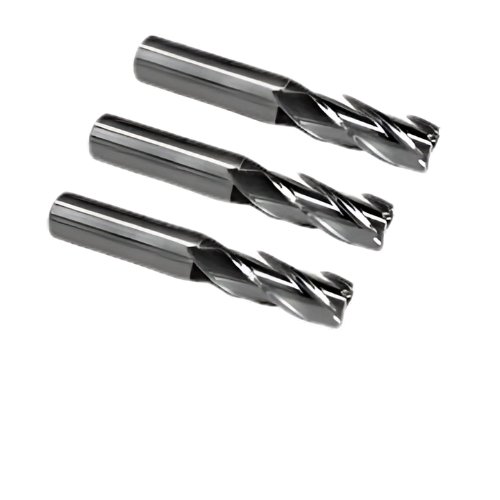End Mill Cutter
End Mill Cutter
An End Mill Cutter is a type of milling cutter used in industrial milling applications. It has cutting teeth on its end and sides, allowing it to remove material in both axial (downward) and lateral (sideways) directions. End mills are used for profiling, contouring, slotting, drilling, and other complex milling tasks. They come in various shapes, sizes, and materials, such as carbide or high-speed steel.
Yes I'm InterestedA End Mill Cutter is a versatile and commonly used tool in the milling and machining industry, designed for material removal in both axial (end) and radial (side) directions. Unlike drill bits, which can only cut in the axial direction, end mills can cut in multiple directions, making them ideal for a wide range of operations such as profiling, contouring, slotting, plunging, face milling, and 3D machining.
End mill cutters feature cutting flutes along the body and sharp edges at the tip. They are made from materials like high-speed steel (HSS), carbide, or cobalt alloys, each suited to different types of materials and cutting conditions. Carbide end mills, for example, are favored for their hardness and heat resistance, making them ideal for high-speed operations and harder materials.
End mills come in various shapes and configurations, including flat end mills, ball nose end mills, corner radius end mills, and tapered end mills, each serving specific purposes. They also vary in terms of flute count—typically 2, 3, 4, or more—which affects chip removal, strength, and finish quality.
The shank of the end mill fits into the spindle of a milling machine, and depending on the application, the cutter may be coated with materials like TiN (Titanium Nitride) or TiAlN (Titanium Aluminum Nitride) to improve performance and durability.
Overall, end mill cutters are essential tools in manufacturing processes involving metal, wood, plastic, and composites, widely used in industries such as aerospace, automotive, mold making, and general engineering.


